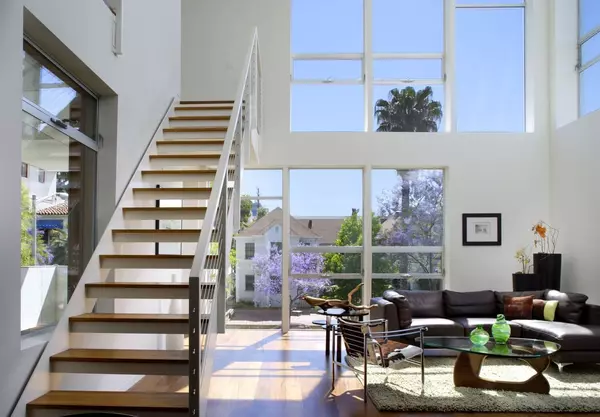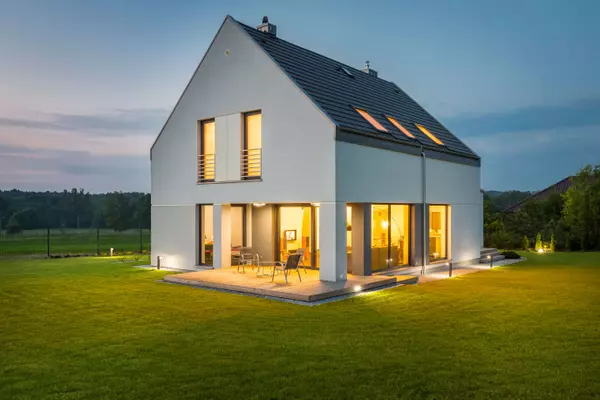Off-Season Costs and Risks of Winter Property and Mountain Cabin Investments
Investing in winter properties or mountain cabins has grown increasingly popular in recent years, driven by the appeal of scenic landscapes, recreational opportunities, and potential rental income. While these properties offer unique benefits, they also present distinct challenges, particularly during the off-season.
Seasonal Revenue Variability
One of the most immediate considerations for investors is the seasonal nature of revenue. Winter cabins or properties located in ski regions, mountainous areas, or rural settings typically generate the majority of their rental income during peak months. For example, a cabin in the Rockies may see strong demand between December and March, and can be popular in the summer, but occupancy can drop sharply in late spring and fall. This volatility means investors must plan for periods when rental income may be minimal or nonexistent, requiring sufficient financial reserves to cover ongoing costs such as mortgage payments, insurance, and maintenance.
Understanding the local tourism patterns is essential. Some regions maintain moderate off-season demand due to summer recreation such as hiking, mountain biking, or festivals, while others experience a near-complete drop-off. Investors should analyze historical occupancy rates, booking trends, and comparable rental properties to create realistic income projections for both peak and off-peak seasons. Overestimating off-season revenue can lead to cash flow shortages, compromising the property’s financial viability.
Maintenance and Operational Costs
Maintenance issues are year-round. Harsh winter conditions, especially in mountainous or northern regions, can accelerate wear and tear. Snow accumulation, freezing temperatures, and ice formation can damage roofs, gutters, and plumbing systems. While owners may be prepared for this during the winter season, snow and ice storms can happen in fall or spring, outside of the expected range, so they must be prepared for these, as well.
Unoccupied properties are more vulnerable to undetected leaks, mould, and wildlife intrusion, so are at risk during the off-season when they are not in use.
To mitigate these risks, investors should budget for preventive maintenance, including winterizing plumbing, insulating exposed pipes, and installing efficient heating systems. Regular property inspections are critical, even when the property is vacant, and remote monitoring solutions such as smart sensors and security systems can help identify problems before they escalate.
These measures, however, increase ongoing operational costs and should be factored into any investment analysis.
Insurance and Liability Considerations
Winter and mountain properties often require specialized insurance coverage to account for seasonal hazards. Standard homeowners’ policies may not fully cover risks such as snow or ice damage, flooding from snowmelt, or liability related to recreational activities on the property. Investors should evaluate policies that include comprehensive coverage for natural hazards and off-season liability. Additionally, if the property is rented, landlord insurance and coverage for short-term vacation rentals may be necessary.
Liability concerns are particularly pronounced in mountain cabins used for recreational purposes. Slips on icy or muddy pathways and injuries from property features such as fire pits or steep terrain are all potential legal risks. Proper signage, safety equipment, and adherence to local rental regulations can reduce exposure, but insurance premiums will likely remain higher than for comparable year-round residential properties.
Accessibility and Utility Costs
Accessibility and utilities present some of the greatest off-season challenges for mountain properties. Remote cabins may be affected by road closures or heavy snow accumulation, making travel difficult and requiring costly contracts for plowing and road upkeep to maintain access for both owners and renters.
Utility expenses are another factor that can quickly erode returns. Heating costs can be significant; even when the property is unoccupied, some level of climate control is often necessary to protect the structure, even through spring and fall. Remote-controlled systems can help manage energy use more efficiently, but they also add to the upfront investment.
Water and septic systems require equal attention. Harsh conditions can damage wells, pumps, or septic tanks if left unmonitored. Preventive measures such as regular inspections, insulation of vulnerable components, and the installation of backup systems are essential to keeping these systems functional and the property sustainable over the long term.
Market Liquidity and Property Management
Off-season market dynamics may also impact the liquidity and management of winter properties. Selling a cabin during low-demand periods may result in lower offers, as buyers often prefer to view and purchase during peak season when the property is fully functional and visually appealing. Similarly, property management can be more complex when relying on third-party services to maintain a property during extended vacancy periods. Travel, staffing, and emergency service arrangements all add costs that investors must consider.
Furthermore, investment properties in seasonal markets may be more susceptible to market swings. Economic downturns, changes in tourism patterns, or extreme weather events can disproportionately affect demand. A diversified investment strategy and conservative financial planning are essential to withstand potential downturns.
Strategic Considerations
To mitigate off-season risks, investors should implement a comprehensive strategy. This may include leveraging off-season marketing to attract longer-term renters, offering discounted winter packages, or exploring alternative uses for the property during low-demand periods. Building a contingency fund to cover maintenance, utilities, and unexpected repairs is critical. Engaging a knowledgeable property manager with experience in seasonal markets can further safeguard the investment.
Investors should also assess the long-term value proposition of a winter or mountain property. Location, accessibility, infrastructure, and potential for year-round activities are key factors in determining whether the property can maintain steady demand and appreciate over time. A property that is highly dependent on a single season or activity may require more intensive management and financial planning.
Winter and mountain cabin investments can provide significant financial and lifestyle benefits, but they carry unique off-season costs and risks that must not be overlooked. Seasonal revenue fluctuations, maintenance challenges, specialized insurance requirements, accessibility issues, and market liquidity considerations all influence the overall investment viability. By conducting thorough due diligence, preparing for unexpected expenses, and developing a robust management plan, investors can navigate off-season challenges effectively, protecting their capital while maximizing long-term returns.
Categories
Recent Posts











